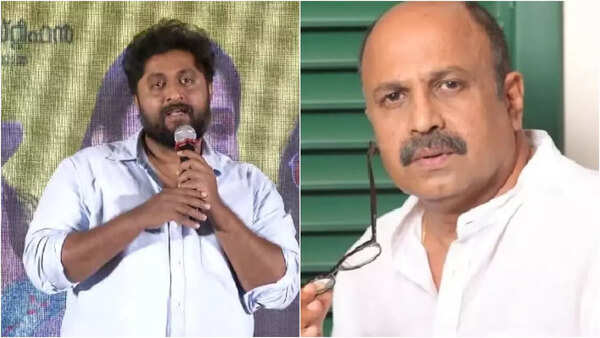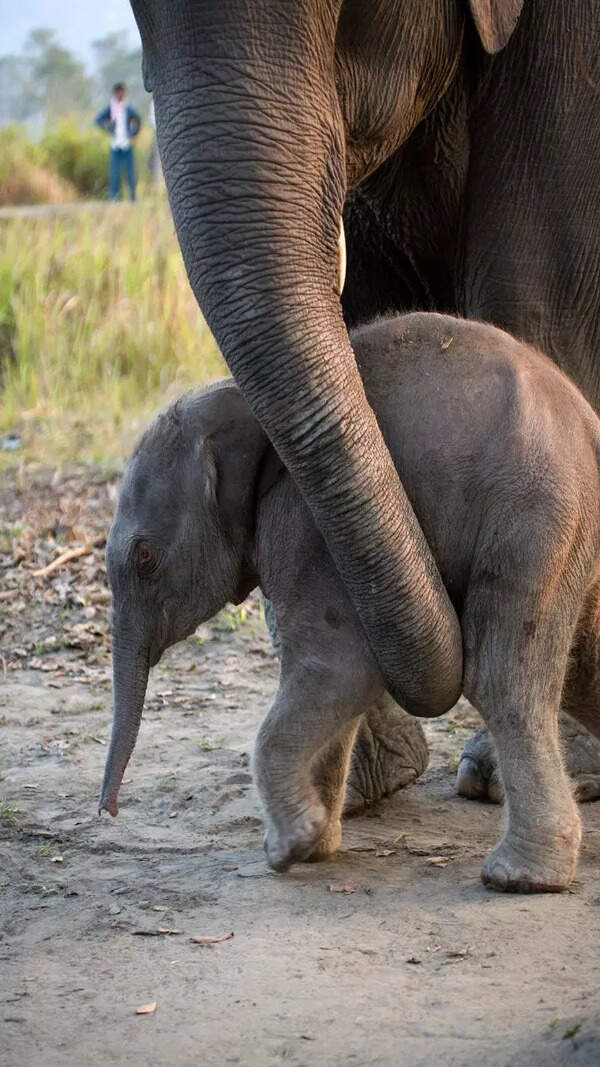NEW DELHI: Aspiring commercial pilots in India will now be able to make an informed choice for a flying training organisation (FTO) to get trained here. In a major reform, the Directorate General of Civil Aviation (DGCA) on Friday (May 16) directed all flying schools in the country to “maintain a dedicated website for their organisation” which must have updated information regarding several parameters that include, among other things, the minimum and maximum time taken to complete 200 hours of flying; number of aircraft, instructors, designated examiners, availability of ground school & simulator.
Apart from clearing DGCA exams and medical tests, completing 200 flying hours is a key requirement to earn a commercial pilot licence (CPL) in India. However the long time it usually takes to do so here due to multiple factors like availability of planes and instructors — apart from other concerns like safety and quality of training at many schools — sends a large number of aspiring desi pilots abroad every year for CPL training.
As reported by TOI on March 23, 2025, DGCA chief Faiz Ahmed Kidwai decided to bring in transparency about FTOs so that the information being in public domain based on which students will choose them will make them competitive, safer and student-friendly. Setting that plan in motion, the DGCA on Friday wrote to all flying schools in the country: “FTOs are advised to maintain a dedicated website for their organisation. If a website is already in place, it must be updated regularly. The specified information must be prominently displayed and kept current the reference of the cadets on the website. Further, the FTOs will be advised on the additional parameters to be published if any, on their website in due course.”
With India planning to make students from arts and commerce stream in Class 12 eligible for CPL, the number of aspiring pilots could rise significantly soon once the requirement of having physics and Maths at that level goes.
On their part, some FTO operators on condition of anonymity said they are constrained by issues like trainer shortage. “Often trainers are those who are still awaiting an airline job. The moment they get the same, they leave. Then FTOs poach each others’ ‘good’ trainers. There are several issues that DGCA has to take care of like ensure quick approval for instructors. It makes business sense for us to train as many as possible and we don’t delay for fun or sadistic pleasure,” they said.
Another flying school operator said: “The regulatory body has bigger issues to sort out such as giving computer numbers to aspiring pilot trainees. This can take one to five months. Booking of exam slots is a cumbersome process wherein the website is unable to handle the large number of applications causing outages. Timely issue and renewal of licenses in a transparent manner ( varies from 15 days to 4 months) needs to be ensured.”
“Technical deficiencies in eGCA portal is causing inconvenience to users in executing routine tasks. Routine DGCA approvals and corrections which can be done in a few hours take several weeks due to technical deficiency. Issue of permits and regulatory clearances to imported aircraft or Indian registered aircraft undergoing change of ownership has to be tackled as it takes very long. This delays timeframe within which aircraft can be operational leading to loss of revenue to FTOs. Clearance of an imported trainer can take as much as 3 to 8 months. Timeframe to obtain FTO approval can take 1 to 2 years. There is a need to improve ease of doing business for new operators. The regulatory body must work to improve efficiency of operations and a level playing ground for all FTOs,” another operator said.
With all these issues, becoming a pilot in India is anything but easy — right from training stage to eventually getting a job.
Reforms suggested by the Association of Flying Training Organisations to DGCA to help Indian flight training institutions compete globally:1. Addressing Shortage of Licensed Personnel: The Association has urged DGCA to increase the frequency of examinations for all categories of licenses-CPLS, flight instructors, and Aircraft Maintenance Engineers (AMEs). India's flight training capacity can only expand if there is a steady supply of qualified instructors and maintenance personnel to keep trainer aircraft operational. A significant concern is the mandatory six-week "cooling period" between exam attempts, which the Association views as an artificial constraint contributing to instructor and AME shortages. The DGCA has been requested to align its examination policies and frequencies with international regulators.
2.
Ensuring Compliance with Ground Training Requirements: The current system allows candidates to appear for CPL exams on the basis of self-study, despite DGCA's own Civil Aviation Requirements (CAR Section 7, Series D, Part I, Appendix VIII) mandating a minimum of 350 hours of ground training at a DGCA-approved FTO. FTOS have strongly advocated for enforcement of this requirement, asserting that only candidates who complete the prescribed ground training at an approved FTO should be eligible to appear for CPL examinations. This would not only ensure standardised knowledge but also strengthen the role of FTOS in theoretical training.
3. DGCA's Dual Role as Regulator and Service Provider: While the DGCA's function as a regulator is crucial, it must also deliver efficient services to those it licenses- trainee pilots, instructors, AMEs, and FTOs. This includes timely processing of license issuance and renewals, as well as other administrative functions. Although the DGCA issued a "Standards of Service" charter in 2014 outlining timeframes for service delivery, stakeholders report that these timelines are rarely met. The Association stresses that DGCA must evolve into a responsive service organisation in addition to being a regulator, particularly if Indian FTOs are to remain competitive with international training centres.
In conclusion, the success of the Make in India initiative in the aviation sector is as dependent on the DGCA's operational efficiency and policy responsiveness as it is on private sector participation and investment.










